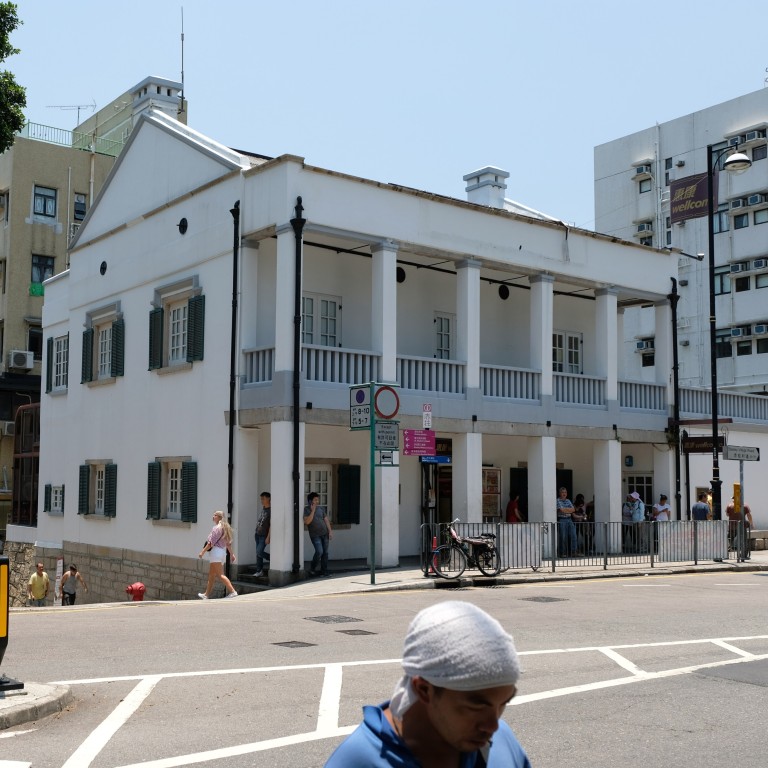
Hong Kong architectural gems saved from the wrecking ball - five you should see, from Lantau to the northern New Territories
- Against the odds in profit-mad, land-scarce Hong Kong, more than 120 valuable old buildings have been declared monuments, sparing them the wrecking ball
- From a Hakka mansion to a Qing dynasty fort and a former police station, we have picked five worth a visit, and suggested places where you can eat afterwards
Hong Kong does reclamation better than it handles renovation. It reveres brand-new, glittery structures of steel and glass rather than a centuries-old pile of bricks.
Still, here and there across the city can be found more than 120 of what the government’s Antiquities and Monuments Office calls dedicated monuments – but which someone with a more poetic turn of phrase might describe as “treasures of Hong Kong”.
These architectural gems have been left standing where dozens of other historic structures such as Queen’s Pier and the Hong Kong Club building erected in 1897 have been bulldozed in the pursuit of profit and progress.
Why Hong Kong’s historical heritage buildings aren’t tourist draws
It makes an excellent starting point for an alternative tour of Hong Kong via some of its “dedicated monuments”:
1. Fat Tat Tong, Sha Tau Kok
Nothing blighted the New Territories quite so much as the small-house policy, introduced 50 years ago, that granted indigenous adult male villagers the right to build a home in their own backyard.
Down came the sympathetically designed, picturesque houses that had stood the test of time, up went battalions of dreary, boxy three-storey “Spanish” villas.
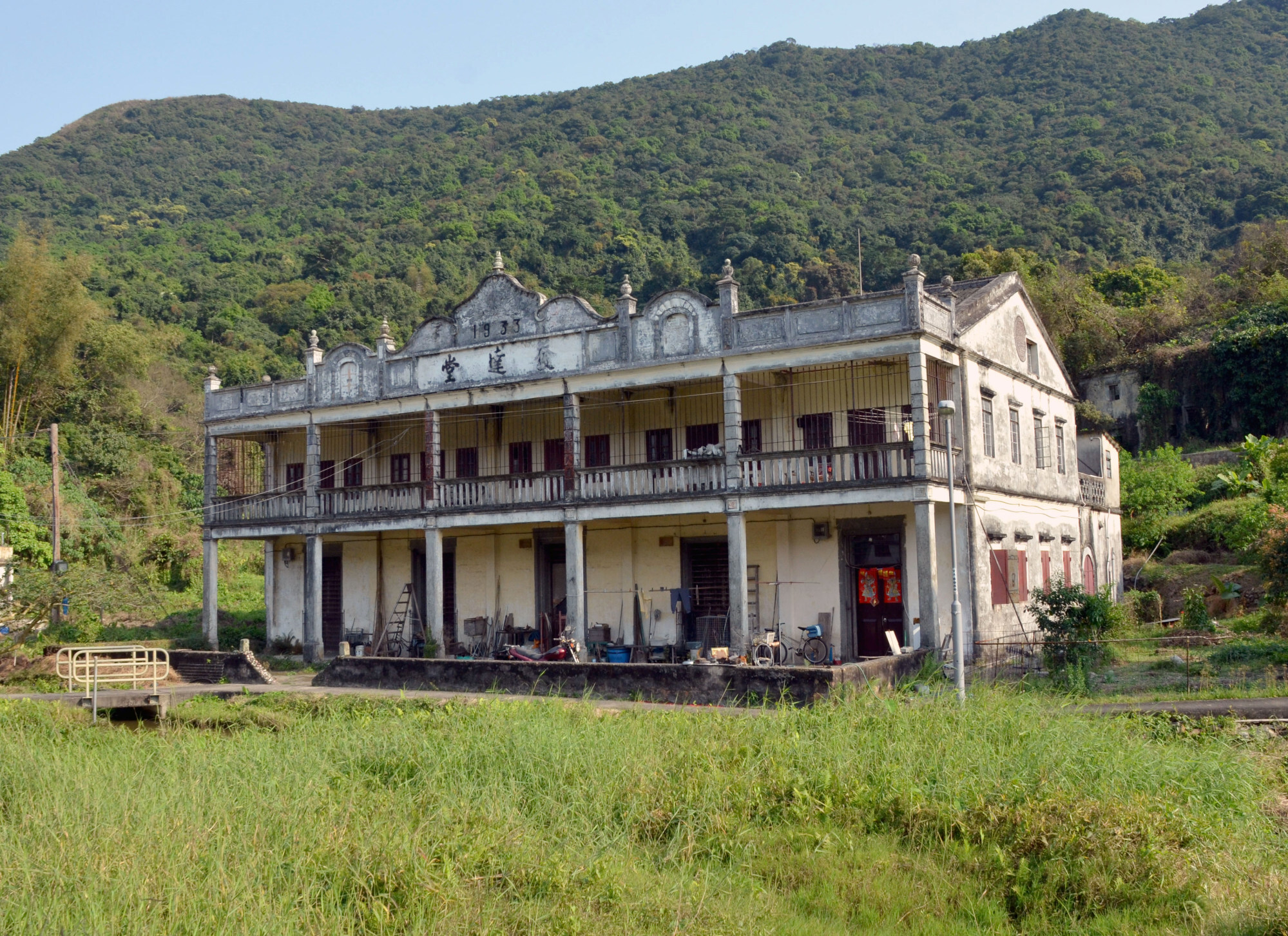
Looking a little less spick and span than when Li To-wan, who’d earned a pile of money working in Vietnam, built it in 1933, the residence’s graceful lines are still plain to see.
Its two storeys are capped by a Hakka-style pitched roof and fronted by a flat-roofed veranda – handy for catching the breeze in pre-air-conditioned days. Remarkably, Li’s descendants still live in Fat Tat Tong, but are usually disinclined to invite casual visitors in for a look-see.
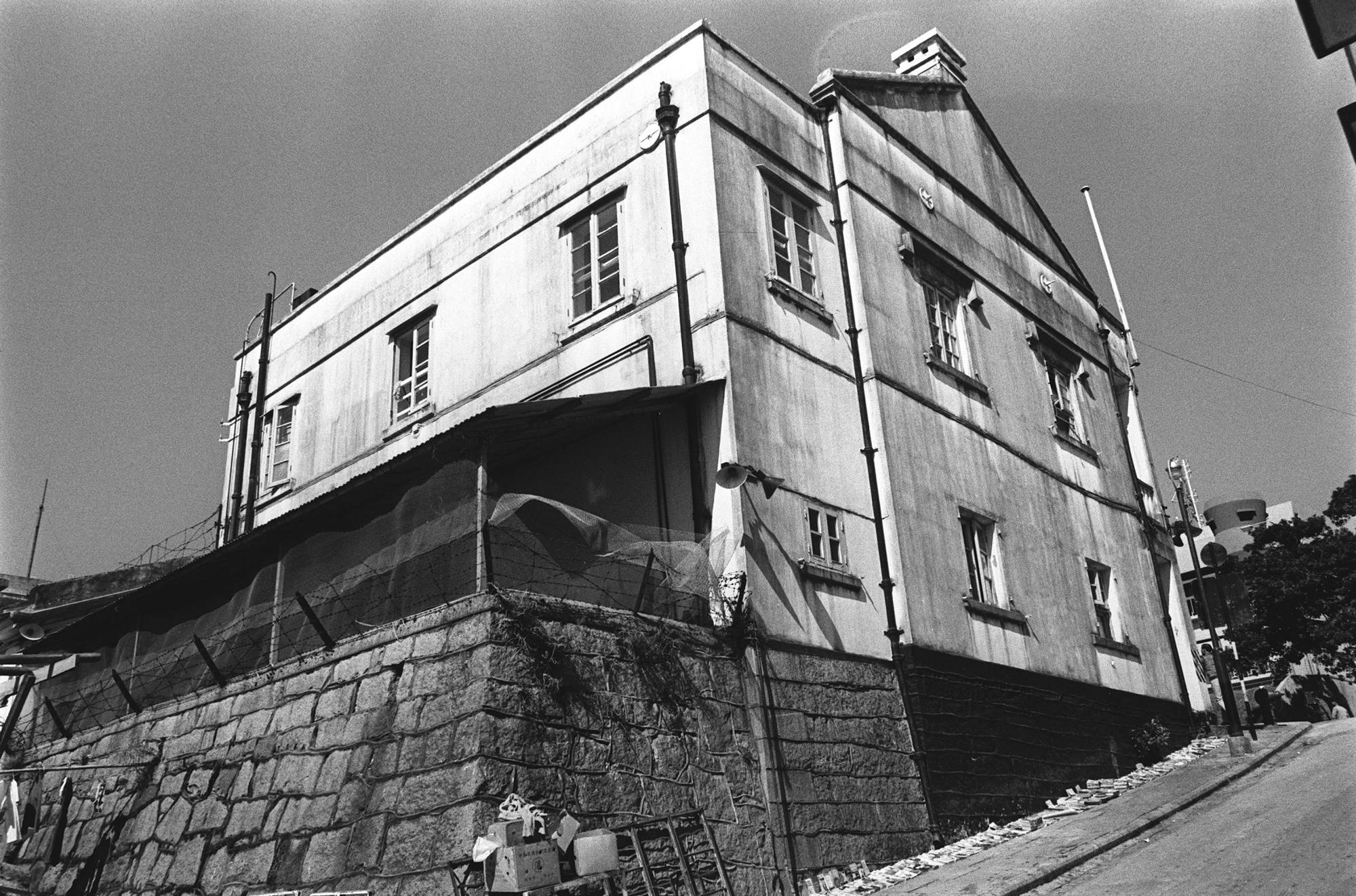
2. Old Stanley Police Station
Interested parties have suggested a museum or a restaurant or some sort of artisanal enterprise might be a more decorous use, so far to no avail.
At least this dedicated monument is open seven days a week and on most public holidays. Admission is free and the original wooden floors, domed ceiling (over the former armoury) and cast-iron fireplaces are still in plain view, as is the building’s stout colonnaded veranda, which would seem to have altered little since its construction in 1859.
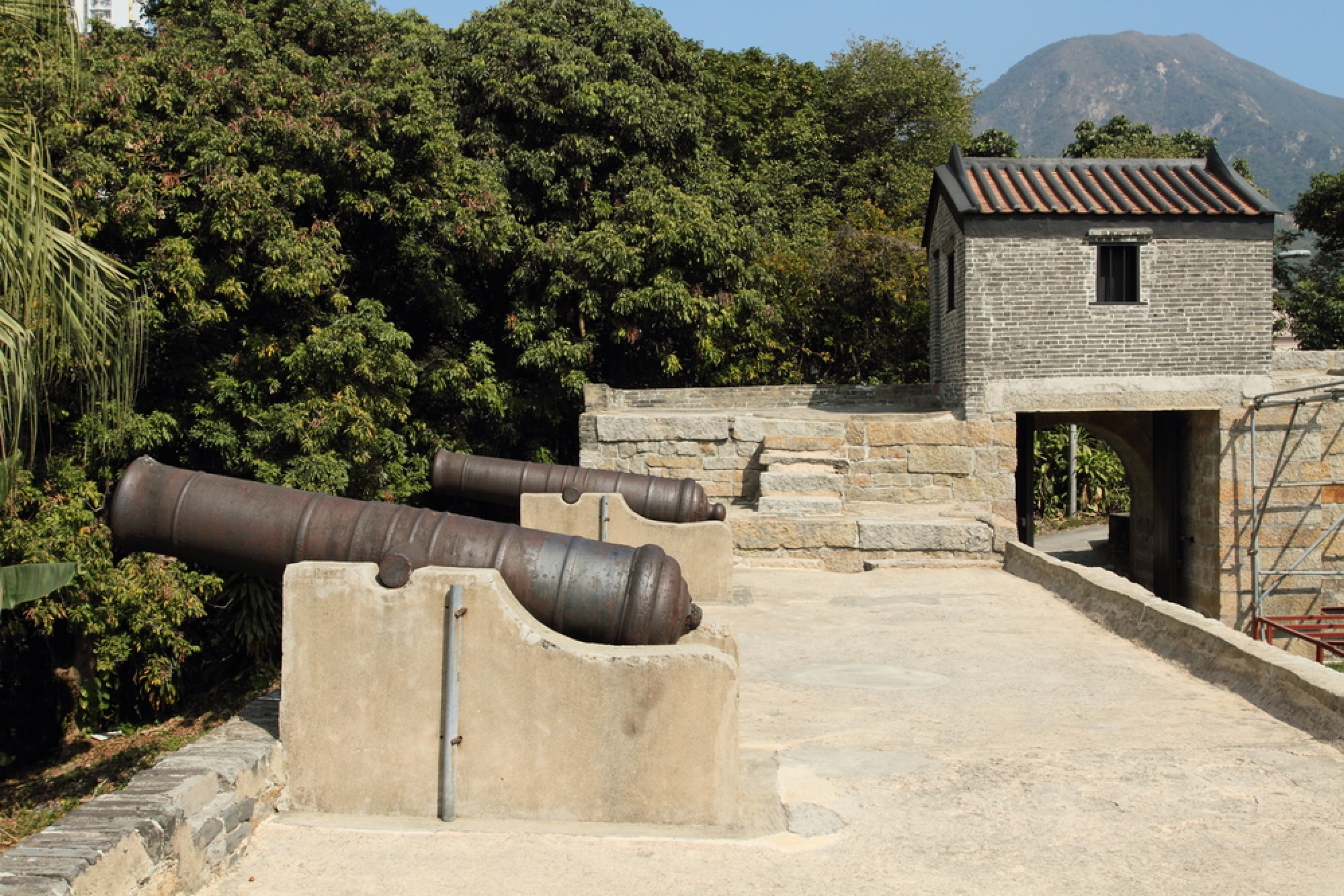
3. Tung Chung Fort
The fort has had a chequered history, partly thanks to its location on the outer fringe of Hong Kong. Pirates moved in when the military moved out in the 19th century. Colonial British police officers found it served as a handy forward base, as did the imperial Japanese army when it was trying to subdue Lantau’s more independently minded residents during the war years.
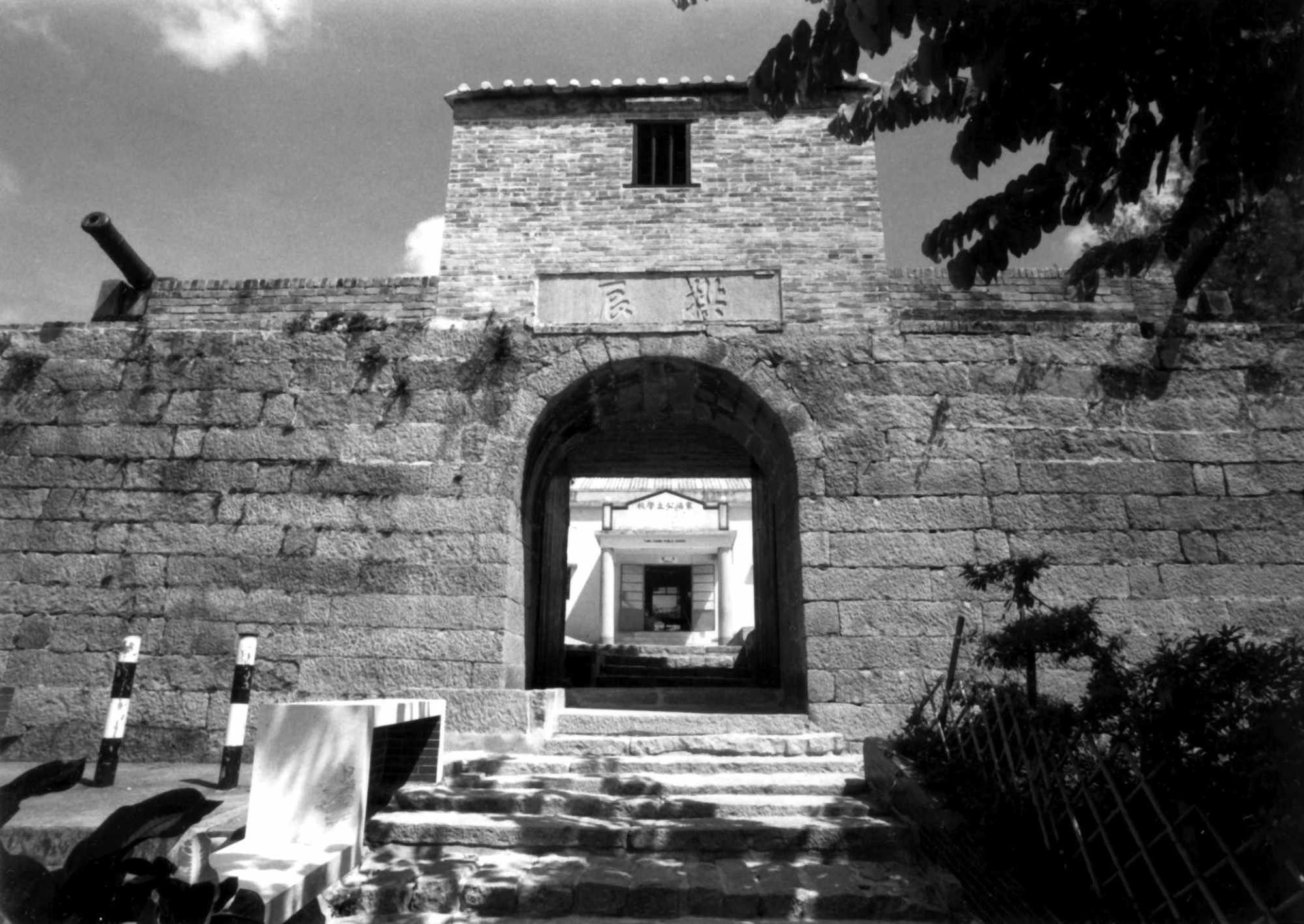
Best of all, Tung Chung Fort is genuine, with neither a gift shop nor a historical re-enactment in sight, which makes exploring it all the more enticing. Come here on a weekday and other visitors can probably be counted on the fingers of one hand.
Nearby lunch spot: five minutes’ walk west of the fort, Handi is a totally unpretentious restaurant with gracious staff that serves tasty Punjabi cuisine. 8A Ha Ling Pei Village, Tung Chung Road; 2988 8674
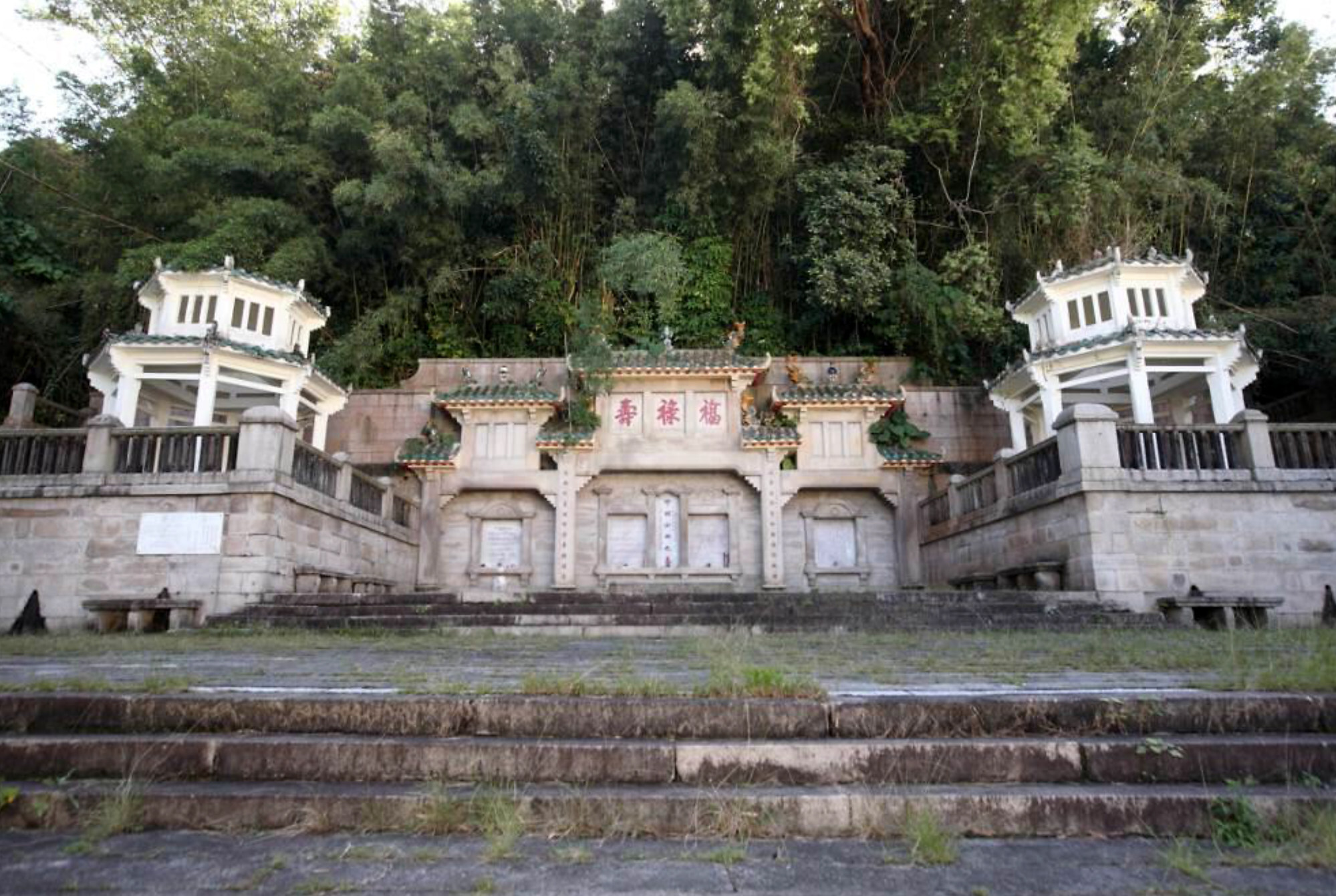
4. Race Course Memorial, Eastern Hospital Road
Most of the dead were so badly burned as to be unrecognisable, so it was decided that a mass memorial would be a fitting tribute.
There are two good reasons for visiting this almost forgotten corner of Hong Kong, apart from paying respects to those who died in one of the city’s worst peacetime accidents.
The first is that it is tucked up on the hill to the east of the stadium at So Kon Po, it’s an almost surreal haven of solitude; the second is to admire the agglomeration of pavilions, pagodas, terraces and parapets whose design by Public Works Department employee Ho Sheung so neatly marries traditional Chinese and classical Western architectural elements.

5. Former Yamen Building of Kowloon Walled City
Fast forward three decades and all that remains of the former eyesore is the Yamen building, where the city-within-in-a-city’s officials hung out. Its three halls and two courtyards, furnished in grey brick, are elegant but attractively simple and it has been used as an old people’s home, a clinic and a school.
“Urban oasis” may be a cliché, but it fits the old Yamen building precisely.
Nearby lunch spot: Islam Food continues to do a roaring trade after 72 years in business. 33-35 Tak Ku Ling Road; 2382 1882

